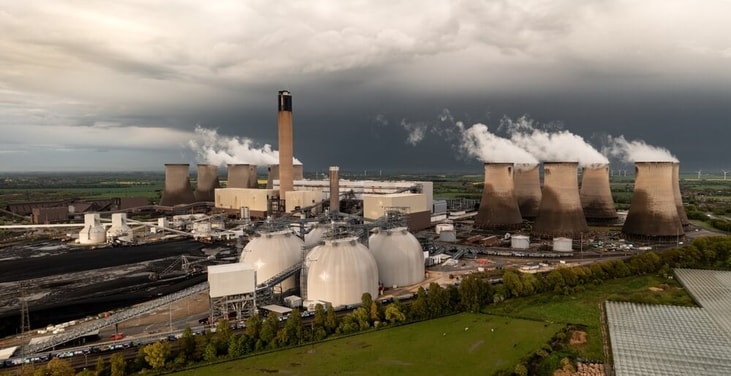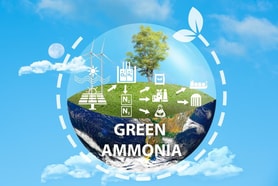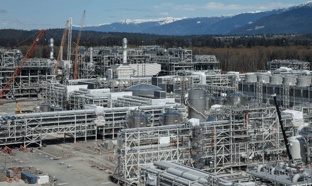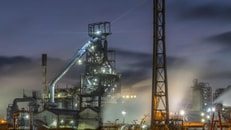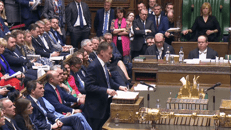UK Net Zero investment warning sounded
The UK needs immediate, substantial and coordinated investment in Net Zero technologies, according to a new Energy Systems Catapult report.
The independent research and technology organisation lays out a detailed picture of the UK’s priorities in the next 30 years – and concludes the need to act now “is greater than it has ever been”.
The cost of meeting Net Zero is estimated at £100bn-£600bn, which is less than 1% of GDP, or roughly 9% more than we would be spending on the energy system without a Net Zero target.
... to continue reading you must be subscribed

